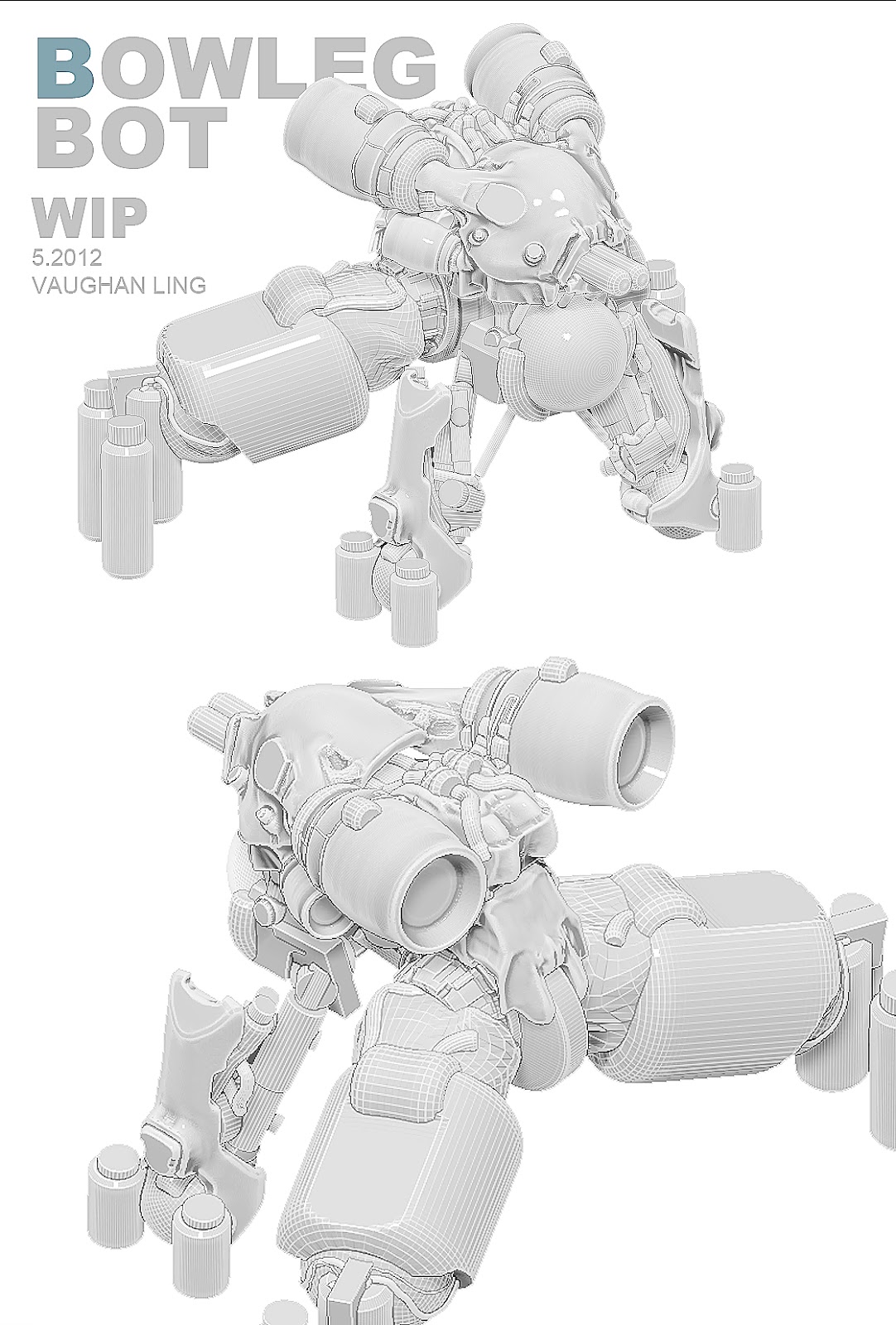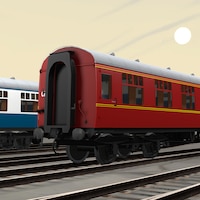- Downloadopenbve Data Publishing Studio Design
- R142 Openbve Download
- Openbve Connection
- Downloadopenbve Data Publishing Studio Tutorial
- Openbve 4 Train Download
The first step to making any Chart Studio Enterprise graph is adding data to the grid. Whether your prefer to type your data directly into the grid, import it from a file or URL or even via SQL, Chart Studio Enterprise makes it easy to import data however you want to. Publish on GitHub; Publish as a gist; Make sure you hide any code, like credentials, that you don’t want others to see! See Hide sensitive cells in a notebook. You can publish your notebook to a catalog that you belong to so that other catalog members can use the notebook in their projects. The EB and CONST SPEED systems. Trains that are equipped with an EB or a CONST SPEED system include a respective indicator in the bottom-right corner of the screen. The EB system is a form of a vigilance device that keeps track of the reverser, power and brake levers.
You've built something amazing with Data Studio, learn aboutall the ways you can publish and share your work with the Data Studio community.
Publish a connector
Publish your connector to theData Studio Connector Gallery andenable Data Studio users to easily discover and connect to their data.
Publish a report template
Publish a report templatein the Data Studio Report Galleryto showcase and contribute your skills to the Data Studio community.
This page describes the basic driving controls and interfaces. When you are driving a train, the interface you are presented with looks somewhat like this:

In the following article, the invidual elements of the interface are explained and you are given instructions on how to operate the train.
Please note: Controls are given with their name and their default keyboard configuration, e.g. POWER_INCRASE (Z). If you remap the keyboard controls or assign controls to joysticks, work with the names to identify the underlying control.
Additionally, it should be noted that many trains use plugins that provide their own driving mechanisms and security systems. This page mainly depicts the built-in systems. You should, in any case, consult the operational manual of the train (if available) for more specific details.
1. The Reverser, Power Lever and Brake controls
The most basic controls in the train include the reverser, the power lever, the brake lever and the emergency brakes.
The states of the reverser, power lever and brake lever are depicted in the bottom-left corner of the screen in this order.
The emergency brake is depicted as part of the brake indicator if applied.
If the train uses a combined power/brake handle, the power and brake indicators are merged into a single indicator.
The Reverser
To change the direction of travel, operate the reverser. There are three states of the reverser: B (Backwards), N (Neutral) and F (Forwards)
Normally, when you start the simulation, you will have to move the reverser into the forward position.

Downloadopenbve Data Publishing Studio Design
In order to move the reverser toward the forward position by one notch, press the REVERSER_FORWARD (F) key.
To move the reverser backward by one notch, press the REVERSER_BACKWARD (B) key.
The Power Lever
The power lever controls how much power is applied to the engines. If the power is cut off, the power indicator will display N. If a power notch is selected, the indicator will display anything like P1, P2, P3, and so on. The amount of power notches available depends on the train. Generally, a higher power notch corresponds to higher acceleration. Be aware though that applying too much power can result in wheel-slip, which prevents the train from accelerating altogether.
In order to increase the power notch on a train with separate power/brake handles, press the POWER_INCREASE (Z) key.
To decrease the power notch, press the POWER_DECREASE (A) key.
On a train with a combined power/brake handle, press the SINGLE_POWER (Z) key to increase the power notch.
To decrease the power notch, press either the SINGLE_NEUTRAL (A) or the SINGLE_BRAKE (Q) key.

The Notched Brake Lever
The brake lever controls how much power is applied to the electric brakes, or how much pressure is applied to the physical brakes. If the brakes are cut off, the indicator will display N. If a brake notch is selected, the indicator will display anything like B1, B2, B3, and so on. The amount of brake notches depends on the train. Higher brake notches correspond to higher deceleration. Be aware though that applying too much brake can result in wheel-lock, which prevents the train from decelerating altogether.
In order to increase the brake notch on a train with separate power/brake handles, press the BRAKE_INCREASE (.) key.
To decrease the brake notch, press the BRAKE_DECREASE (,) key.
On a train with a combined power/brake handle, press the SINGLE_BRAKE (Q) key to increase the brake notch.
To decrease the brake notch, press either the SINGLE_NEUTRAL (A) or the SINGLE_POWER (Z) key.
Some trains are also equipped with a hold brake. The hold brake appears between the N and B1 notch and allows the train to hold the speed when driving on a downward slope, meaning it automatically applies the brakes to prevent the train from accelerating. The hold brake does not apply power on an upward slope, though.
The Automatic Air Brake
Some trains employ an automatic air brake which does not have brake notches but a brake valve that is operated manually. These trains always have separate power/brake handles. The states of this brake valve include REL (release), LAP (lap) and SRV (service).
In order to move the valve from REL to LAP, or from LAP to SRV, press the BRAKE_INCREASE (.) key.
To move the valve from SRV to LAP, or from LAP to REL, press the BRAKE_DECREASE (,) key.
In order to operate the automatic air brake, you need to observe the pressure in the brake cylinders. In the above screenshot, the brake cylinder is depicted by the red needle on the right gauge. When the brake valve is set to REL (release), the pressure in the brake cylinder decreases. If at zero, the train does not decelerate any longer. When set to SRV (service), the pressure increases. If at the maximum possible pressure, the train decelerates the strongest. When set to LAP (lap), the pressure is kept at the current level, maintaining the current rate of deceleration.
Please note that with an automatic air brake, the brake valve does not control the brake cylinders directly, and as such, there are noticable delays from changing the valve position to the desired effect.
Additionally, some trains that use the automatic air brake don’t include a brake cylinder needle in the cab. However, they may feature a brake pipe needle. The brake pipe is somewhat of an inverse readout: High pressure corresponds to low deceleration, while low pressure corresponds to high deceleration.
The Emergency Brake
On a train with separate power/brake handles, the emergency brakes can be applied by pressing the BRAKE_EMERGENCY (/) key.
With a combined power/brake handle, press the SINGLE_EMERGENCY (1) key.
The emergency brakes, once applied, usually apply a higher level of deceleration than the service brakes.
In order to release the emergency brakes, press the key that corresponds to decreasing the brake notch, e.g. BRAKE_DECREASE (,), SINGLE_NEUTRAL (A) or SINGLE_POWER (Z), depending on the train.
2. The EB and CONST SPEED systems
Trains that are equipped with an EB or a CONST SPEED system include a respective indicator in the bottom-right corner of the screen.
R142 Openbve Download
The EB system is a form of a vigilance device that keeps track of the reverser, power and brake levers. If present in a train and the controls remain unchanged for 60 seconds, an alarm will sound and the EB indicator lights up in orange. You now have 5 seconds to acknowledge the alarm by pressing the SECURITY_A2 (delete) key. Otherwise, an emergency brake application will be performed by ATS-SN. See the section about ATS-SN for further information about what to do.
The CONST SPEED system allows the train to hold its current speed by reducing the power appropriately. It does not prevent the train from accelerating on a downward slope. If present in a train, the device can be switched on and off via the DEVICE_CONSTSPEED (backspace) key. If on, the CONST SPEED indicator lights up in green. Before turning the device on, increase the power notch to the desired maximum power. The CONST SPEED device will then select any power setting up to that corresponding to the selected power notch. Usually, you should increase the power notch to maximum when using the CONST SPEED device.
3. Operating the Doors
Openbve Connection
On some trains, you can manually operate the doors, while on others, the doors are automatic. The state of the doors is depicted by indicators at the bottom-middle of the screen if at least one door is not fully closed.
Downloadopenbve Data Publishing Studio Tutorial
There are two indicators: L (left doors) and R (right doors). The indicators are color-coded to represent the current state. Gray indicates that the doors are fully closed, orange that they are neither fully opened nor fully closed, while green or blue indicate that the doors are fully opened.
If the doors close automatically, the indicator displays blue, otherwise it will display green, and you will have to close them manually.
Openbve 4 Train Download
If manual operation is possible, open or close the doors by pressing DOORS_LEFT (F5) for the left doors, or DOORS_RIGHT (F6) for the right doors.
